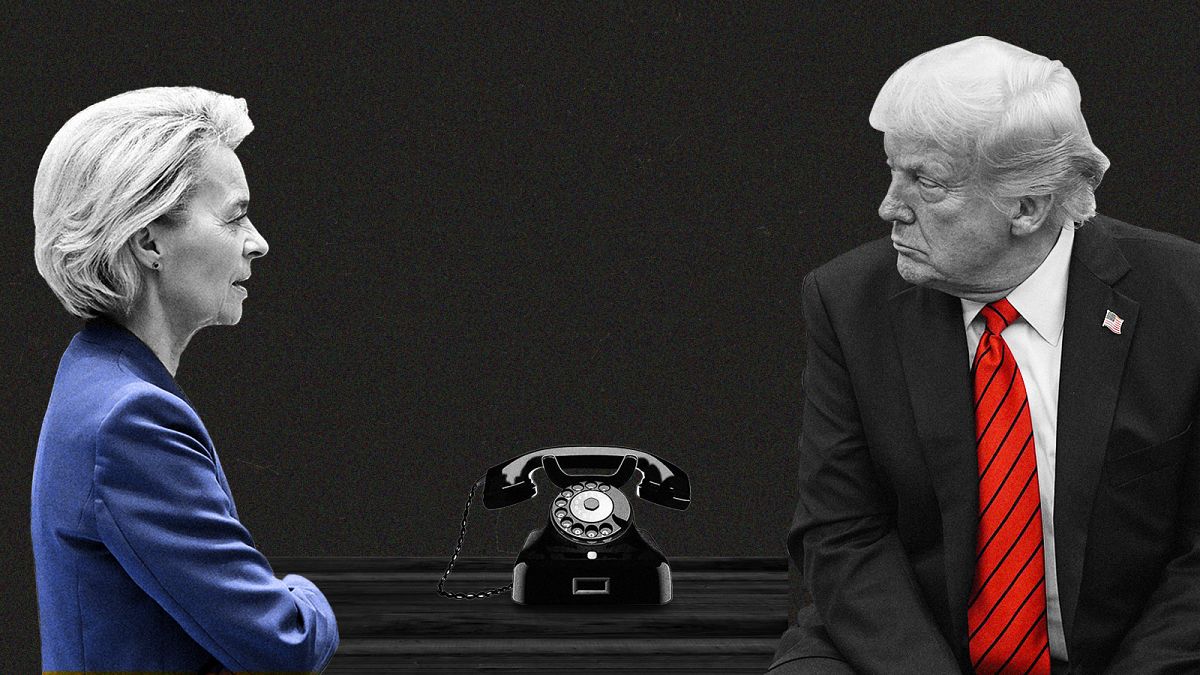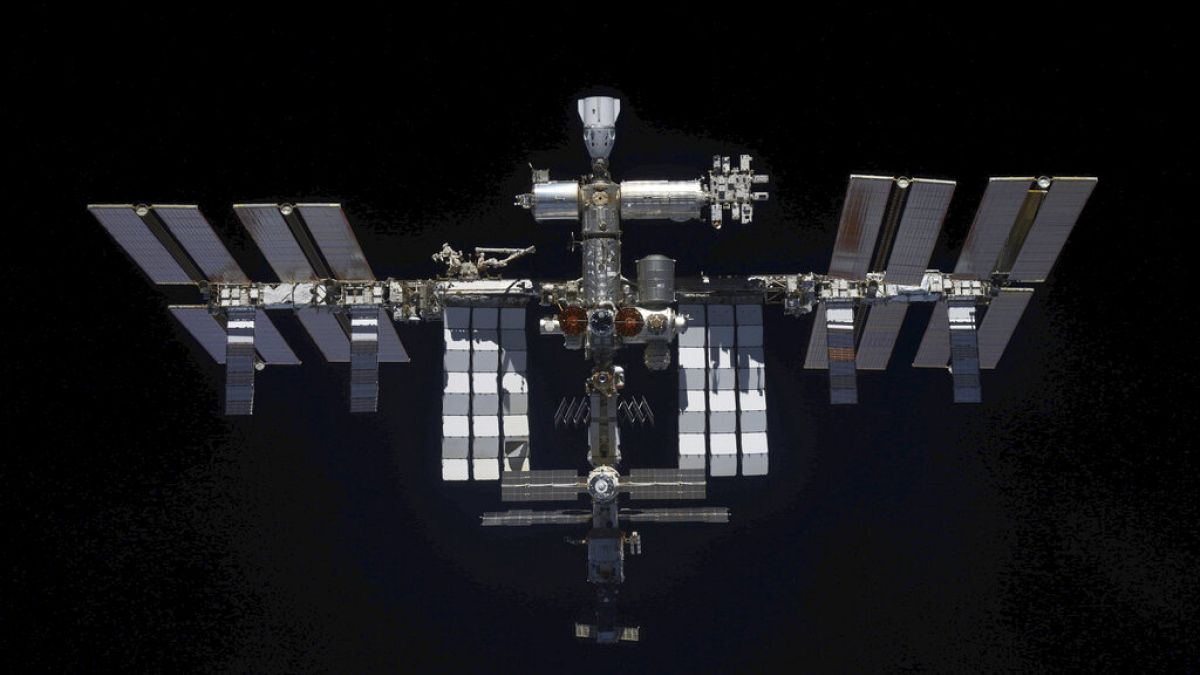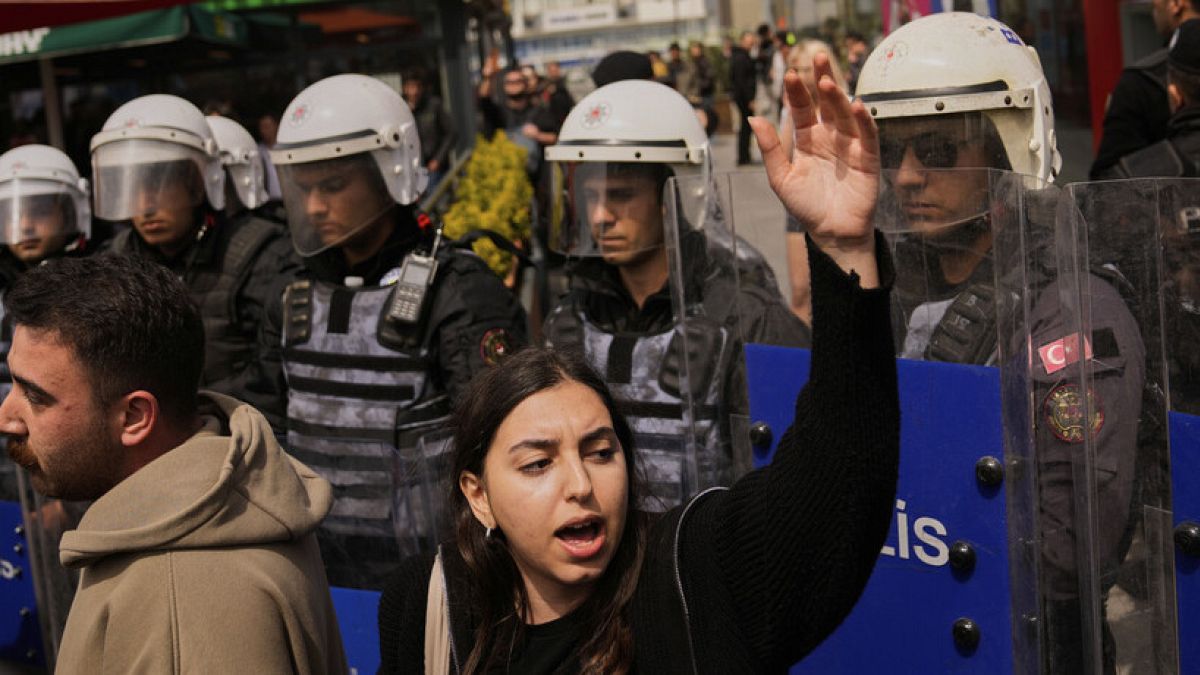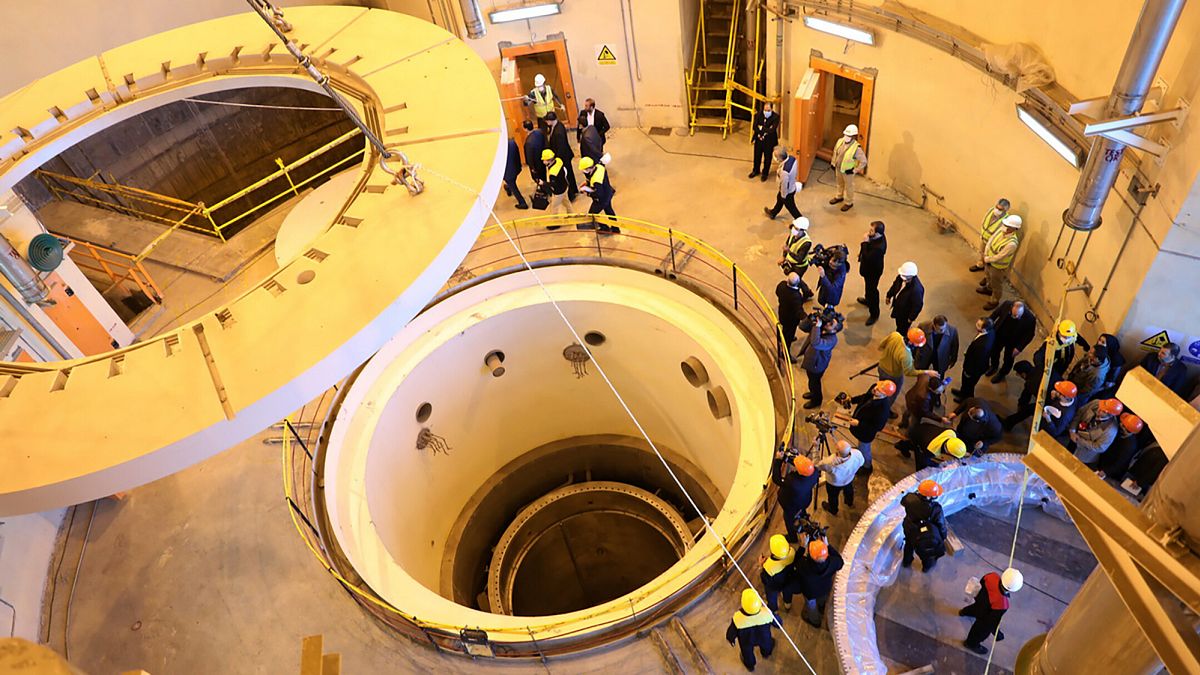Next year, Moscow's spending on the military and security forces will exceed spending on health care, education and social policy combined
Russian President Vladimir Putin has approved new budget plans, raising 2025 military spending to record levels as Moscow seeks to prevail in the war in Ukraine.
Around 32.5% of the budget posted on a government website Sunday has been allocated for national defence, amounting to over 137 billion euros, up from a reported 28.3% this year.
Lawmakers in both houses of the Russian parliament, the State Duma and Federation Council, had already approved the plans in the past 10 days.
Russia's war with Ukraine, which began in February 2022, is the largest conflict in Europe since World War II and is draining the resources of both sides.
Kiev receives billions of dollars in aid from its Western allies, but Russia's armed forces are bigger and better equipped, and in recent months the Russian army has been gradually pushing back Ukrainian forces in eastern Ukraine.
Ukraine and Russia exchange deadly drone strikes
Meanwhile, on the ground in Ukraine, three people died in the southern city of Kherson when a Russian drone struck a minibus on Sunday morning, regional Gov. Oleksandr Prokudin said. Seven others were wounded in the attack.
And the number of wounded in Saturday's missile strike in Dnipro in central Ukraine rose to 24, with seven in serious condition, Dnipropetrovsk Gov. Serhiy Lysak said. Four people were killed in the attack.
Moscow sent 78 drones into Ukraine overnight into Sunday, Ukrainian officials said. According to Ukraine’s air force, 32 drones were destroyed and a further 45 drones were lost, likely having been electronically jammed.
In Russia, a child was killed in a Ukrainian drone attack in the Bryansk region bordering Ukraine, according to regional Gov. Alexander Bogomaz.
Russia’s Defence Ministry said that 29 Ukrainian drones were shot down overnight into Sunday in four regions of western Russia: 20 over the Bryansk region, seven over the Kaluga region, and one each over the Smolensk and Kursk regions.

 4 months ago
36
4 months ago
36






 We deliver critical software at unparalleled value and speed to help your business thrive
We deliver critical software at unparalleled value and speed to help your business thrive






 English (US) ·
English (US) ·